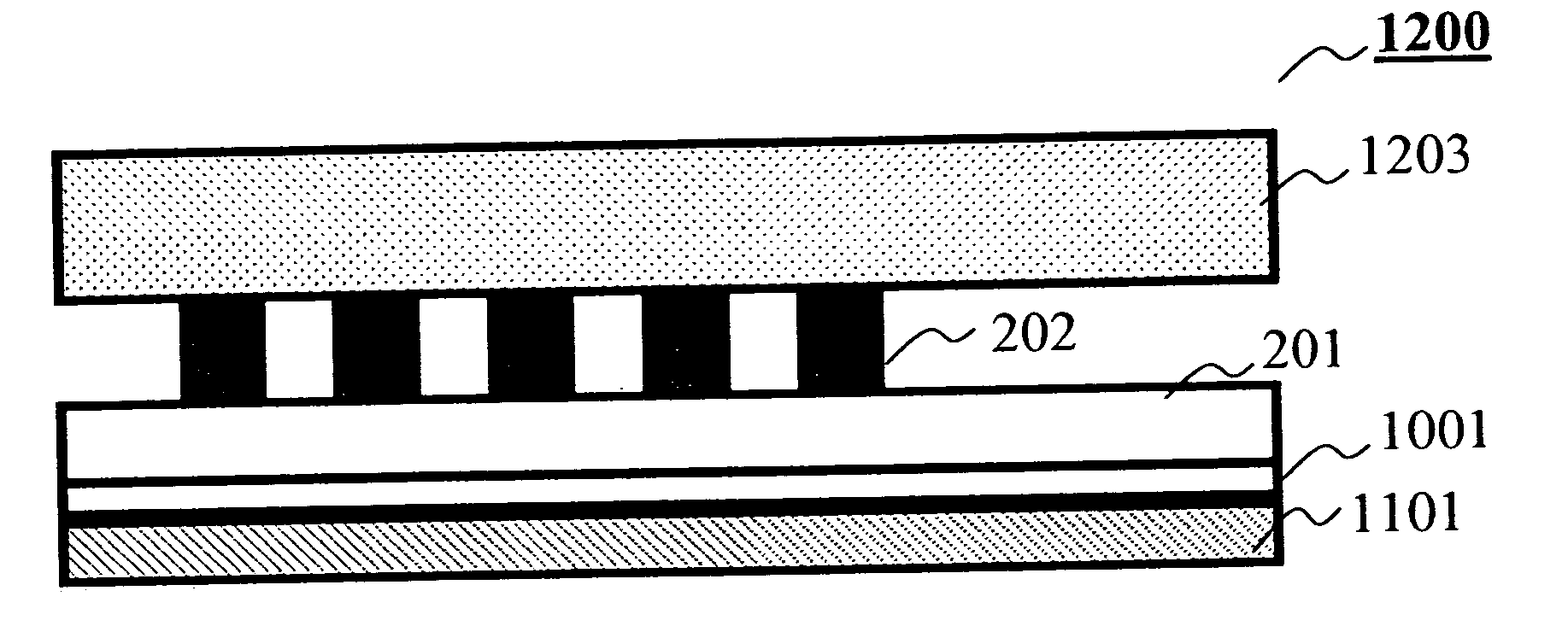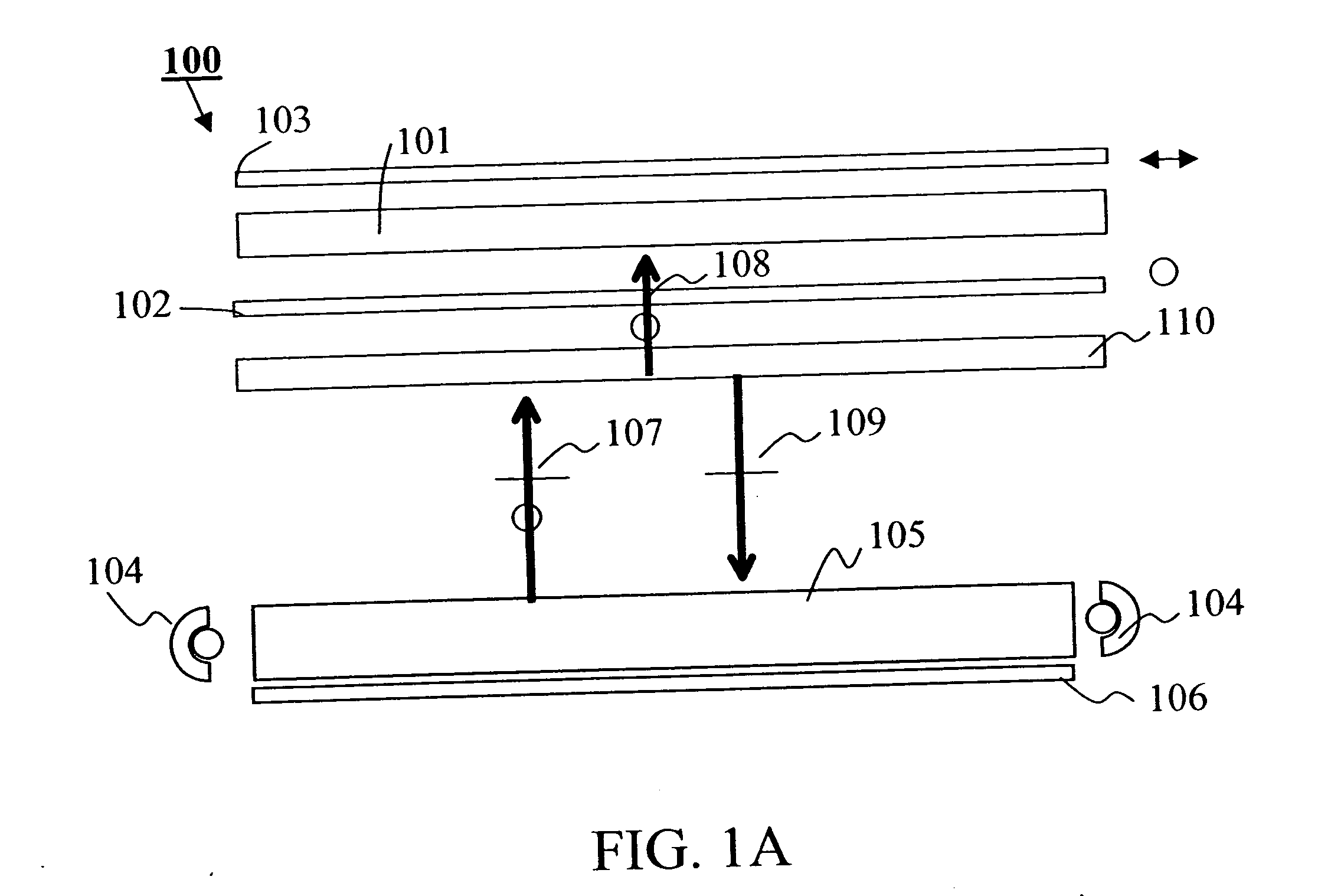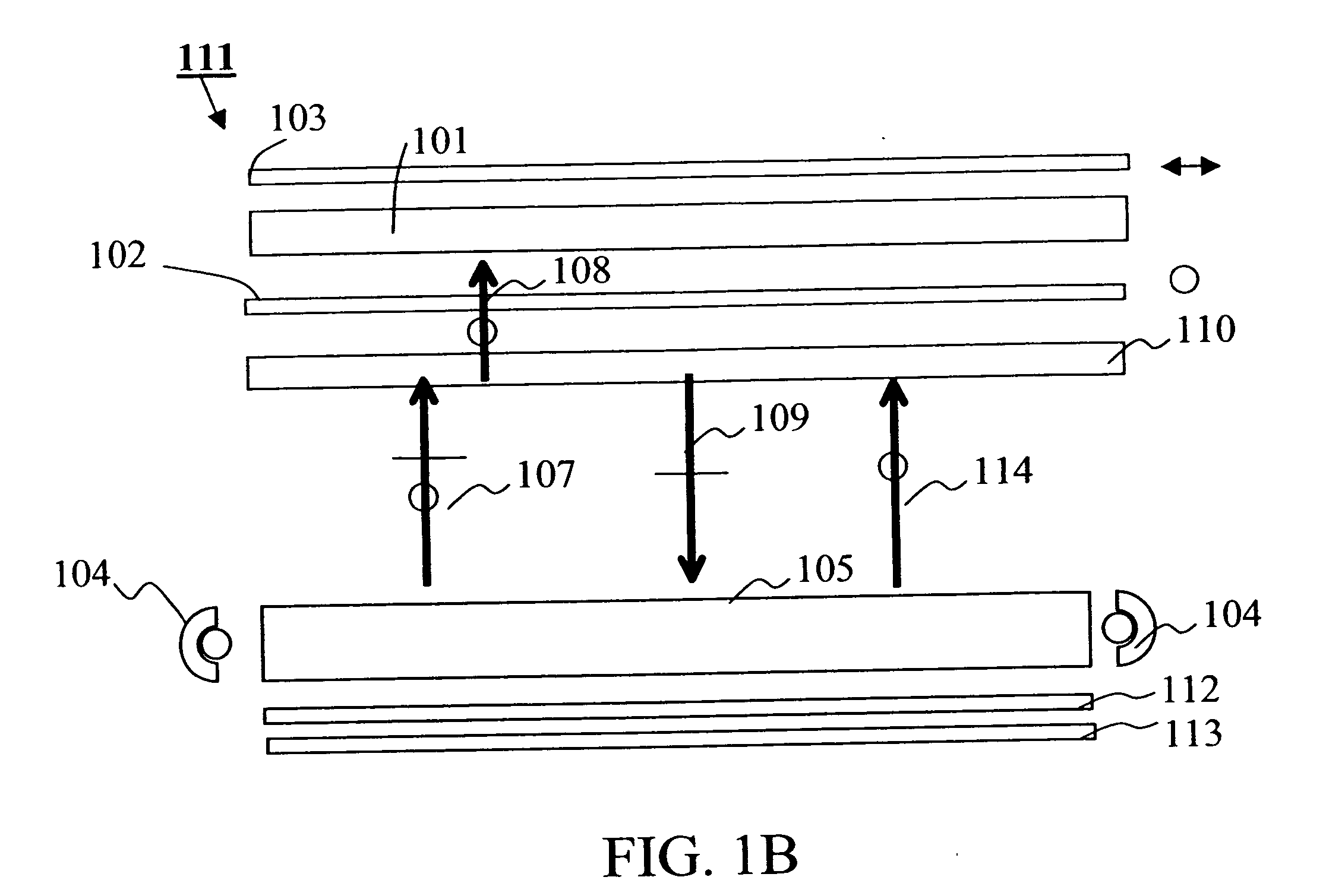Low fill factor wire grid polarizer and method of use
a low-fill factor, wire-grid technology, applied in the field of polarizers, can solve the problems of affecting the overall brightness of the image, affecting the polarization recycling process, and unable to recover lost light from the light sour
- Summary
- Abstract
- Description
- Claims
- Application Information
AI Technical Summary
Benefits of technology
Problems solved by technology
Method used
Image
Examples
Embodiment Construction
[0035] In the following detailed description, for purposes of explanation and not limitation, example embodiments disclosing specific details are set forth in order to provide a thorough understanding of the present invention. However, it will be apparent to one having ordinary skill in the art having had the benefit of the present disclosure, that the present invention may be practiced in other embodiments that depart from the specific details disclosed herein. Moreover, descriptions of well-known apparati and methods may be omitted so as to not obscure the description of the example embodiments. Such methods and apparati are clearly within the contemplation of the inventors in carrying out the example embodiments. Wherever possible, like numerals refer to like features throughout.
[0036] Briefly, and as described in detail in conjunction with example embodiments, a wire grid polarizer and a display system including a wire grid polarizer are disclosed. The wire grid polarizer inclu...
PUM
 Login to View More
Login to View More Abstract
Description
Claims
Application Information
 Login to View More
Login to View More - R&D
- Intellectual Property
- Life Sciences
- Materials
- Tech Scout
- Unparalleled Data Quality
- Higher Quality Content
- 60% Fewer Hallucinations
Browse by: Latest US Patents, China's latest patents, Technical Efficacy Thesaurus, Application Domain, Technology Topic, Popular Technical Reports.
© 2025 PatSnap. All rights reserved.Legal|Privacy policy|Modern Slavery Act Transparency Statement|Sitemap|About US| Contact US: help@patsnap.com



